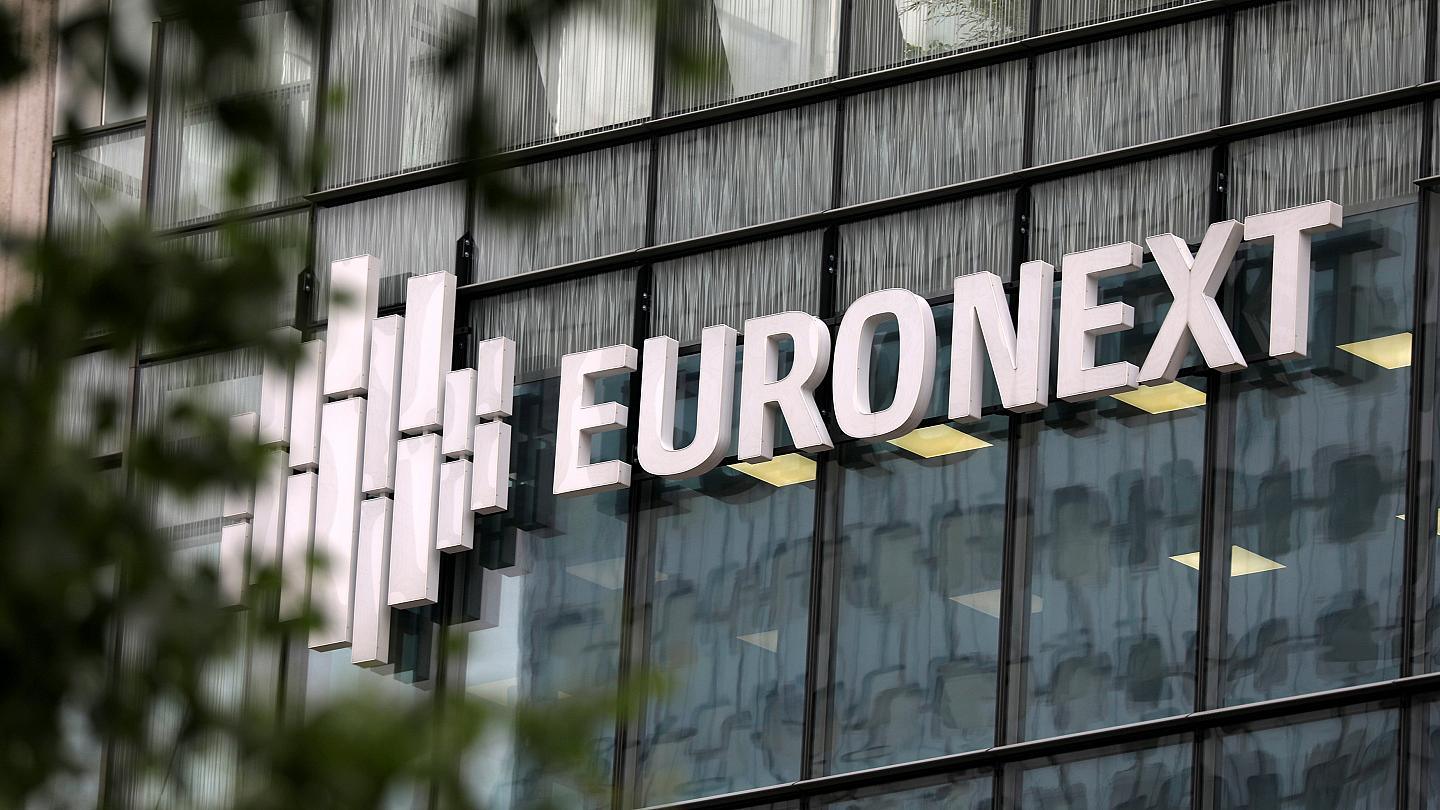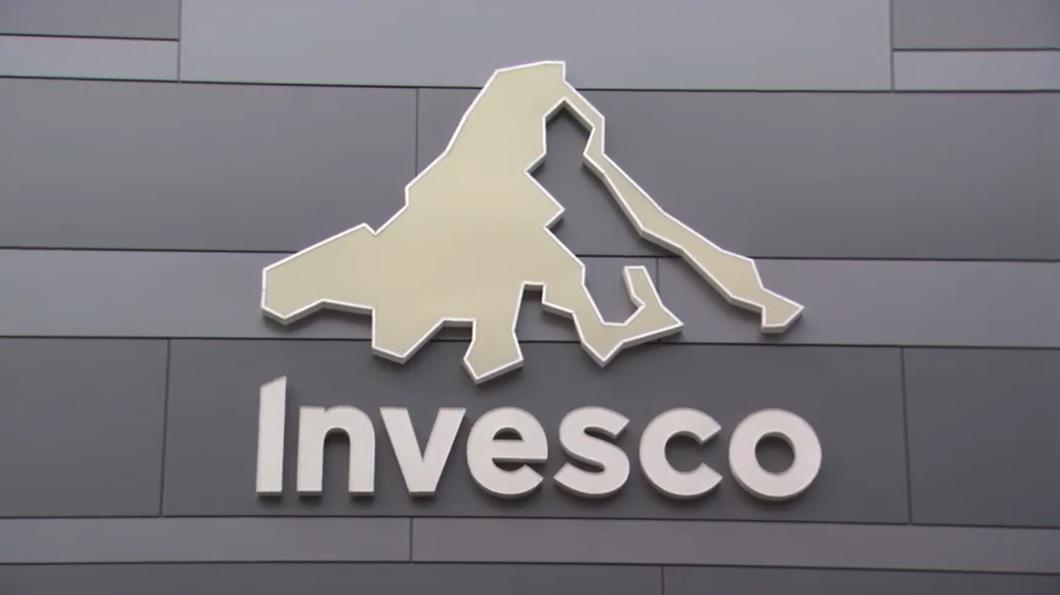Euronext, HSBC Launch Index Series Screened to Avoid Companies with Negative Biodiversity Impact
Pan-European exchange Euronext recently announced the launch of the Euronext ESG Biodiversity Screened Index series, developed in collaboration with HSBC and fintech firm Iceberg Data Lab. The series is designed to reflect the price level trends in the trading of shares that have the ability to identify and reduce negative biodiversity impact of their activities.
The series is being rolled out with the launch of two indices, including the Euronext ESG Biodiversity Screened Eurozone 50, and the Euronext ESG Biodiversity Screened World. The index universe of the Euronext ESG Biodiversity Screened Eurozone 50 consists of all companies included in the Euronext Eurozone 300 Index at the Review Cut-off Date. The index universe of the Euronext ESG Biodiversity Screened World consists of all companies included in the Euronext World Index.
The index series includes data from Iceberg Data Lab in order to assess a biodiversity score, derived from the company’s Corporate Biodiversity Footprint model. Shares of companies with poor scores (a score of ‘5’ or ‘6’) are excluded from the indices.
Each index also applies ESG screens based on scores from Sustainalytics, with the 25% lowest ranked companies from the parent indices excluded. Companies are also screened for involvement with tobacco production and distribution, thermal coal mining and coal fuel power generation, oil sands, shale energy, oil & gas, controversial weapons, as well as for non-compliance with the UN Global Compact.
Commenting on the launch in a social media post, Marine de Bazelaire, Head of Sustainability – HSBC Continental & International Europe, said:
“It is time for action. We need to reallocate capital toward a nature friendly economy. That is not easy given the lack of datas readily available to financial markets. This is why we partnered with Iceberg Data Lab and Euronext to built a World and a Europe indices that embed biodiversity impact of corporates in their screening architecture.”





